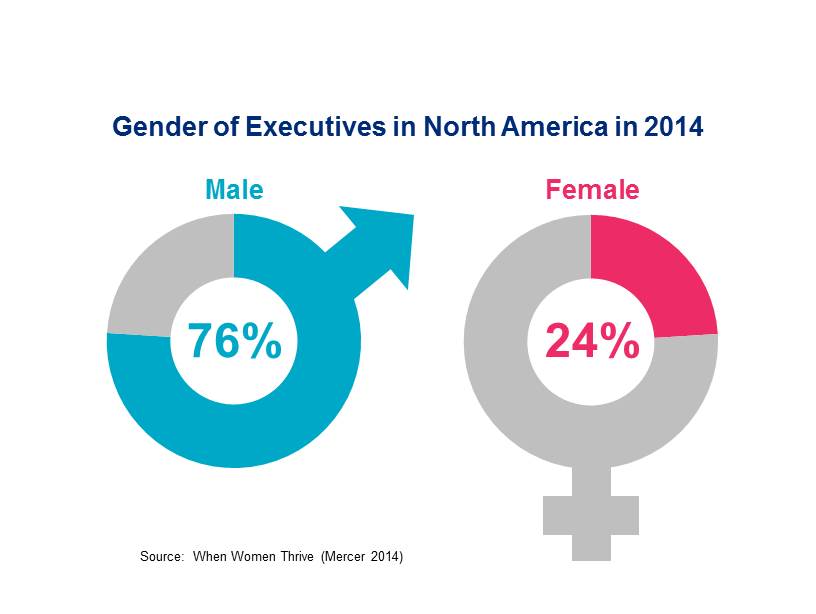Maternal Leave A Double Edged Sword for Women s Careers

In July, a New York Times article referenced a number of studies that all arrived at the same conclusion: young women today are less likely than their mothers to assume that having children won’t affect their careers. More than in the past two generations, college-educated, “millennial” women who want to have children are deliberately choosing professions they perceive to be more flexible and family-friendly, or planning to delay or interrupt their careers.
Then last week came the announcement that Netflix will provide up to a year’s paid parental leave to employees – mothers and fathers. From the buzz that followed, this clearly touched a nerve with many working parents or parents-to-be. US workers receive far less time off after the birth or adoption of a child than those in many European countries. That’s been the accepted norm and parents have learned to cope, for better or worse. Now Netflix and a few other name-brand companies have raised the bar in the hopes of keeping talented women in their workforces.
Will it work? A study conducted by Mercer last year found that while companies with family-friendly policies and benefits had a better representation of women in the workforce currently, that was not expected to result in improved future female representation – meaning, more women staying long enough to rise in the ranks – unless both men and women used the benefits more or less equally.
Simply offering benefits such as parental leave, flexible work schedules, and company-sponsored access to child care is not enough to promote women’s advancement into the leadership ranks. To quote the report, “without proactive and engaged support for her career development, a woman who avails herself of programs that help provide better work/life balance as needed during certain periods of her career may be unwittingly deprived of the encouragement or opportunity to seek new challenges and advance her career during other stages of her professional lifecycle.”
In other words, even if programs are offered, there may be a stigma associated with actually using the programs – especially if it’s typically only women who do. When women and men take equal advantage of programs, the risk of being stigmatized is less. Netflix is making the benefit equally available to mothers and fathers. That’s a great start. It will be interesting to study the utilization patterns over the next few years.
The take-away for employers that may be reconsidering their parental leave and other work/life policies in light of the Netflix announcement? Remember that the impact of various programs and benefits on gender diversity may have more to do with the way the programs and the employees who take advantage of them are led and managed than it does with simply whether or not the program is offered. However you get there, the ultimate goal is ensuring that women don’t have to choose between a career track and a mommy track.
